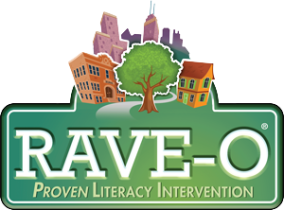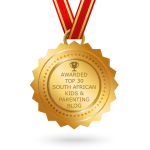Did you know….
that the average 4 year old may ask between 250 – 400 questions a day! If you are a parent of a 3 to 5 year old, then you probably knew this. 🙂
But the relentless “why – ning” can be frustrating to parents.
The following Question Techniques can be use to encourage language:
Choice Questions
Your child is given two alternatives using questions. For example, when you are offering something to eat you could ask:
“Do you want cake or a banana? “
Whilst reading a book together, you could ask:
“Is the boy sitting on the chair or lying on the bed?”
- This technique demands a response from your child
- Make sure that you use questions at your child’s language level
Use different kinds of Questions
“Who is outside?”, “What’s her name?” “Where are we going?” “How old are you?”
Experience questions: These are not really questions.
Get the child to talk about and describe their experiences
e.g. “Tell me about your favourite food.” “Tell me about the zoo.”
“How does it taste?” or “What other animals do you know?”
Sequencing questions
Use sequencing of daily routines to encourage children to elicit language. For example you could go to the bathroom for bath-time, stand in front of the bath and ask “What should I do?” The technique of making “mistakes” in daily routines was also discussed with communication temptations
Open ended questions/statements
Open ended questions require more than just one or two words to answer and allow for multiple ways to answer/explain. They encourage critical thinking skills while requiring your child to use more language to explain himself.
Instead of asking your child “What did you do today?” say “tell me about a picture that you drew today” or “I wonder what will happen if…..”
Before a child can have the ability to answer the questions, he first has to be in a language rich environment where the people around him are using self talk, parallel talk, descriptions and comments so he can learn the vocabulary and language first. Though it is definitely OK to ask your child questions sometimes that they cannot answer- especially of infants and toddlers (and then modeling the correct answer straight after) you should try and balance this with questions that he can answer.
Often we don’t know the real answers to the innocent questions they ask, but even when we do, our answers don’t slow the pace of their relentless questions.
That’s because we’ve misunderstood their language and think that when they ask “why?” they mean the same thing we mean when we ask why.
Although your child asks “why”, in many instances (depending on the age of the child and the context) “why” may not mean “why” at all. Often, what it really means is, “Now that’s interesting! Let’s investigate it together.”
Between ages 2 and 3, children develop the cognitive ability to make logical connections between things–to understand why things happen. This is a critical skill that helps them gain a more complex understanding of how the world works.
And so after answering a torrent of questions only to have the child respond with, “But why?” a more effective response might be, “That’s a good question. Why do you think?” ![]()
![]()










Recent Comments